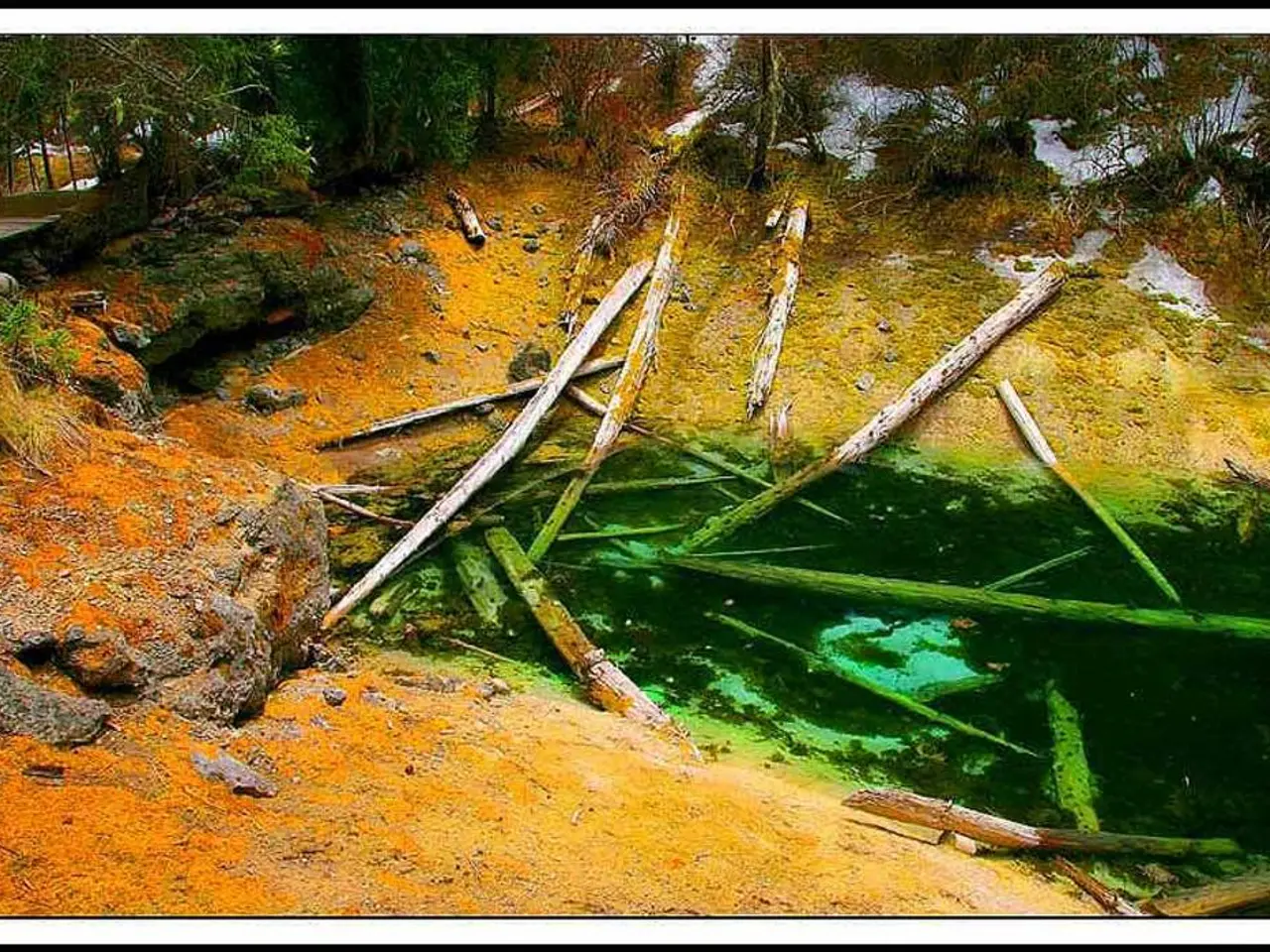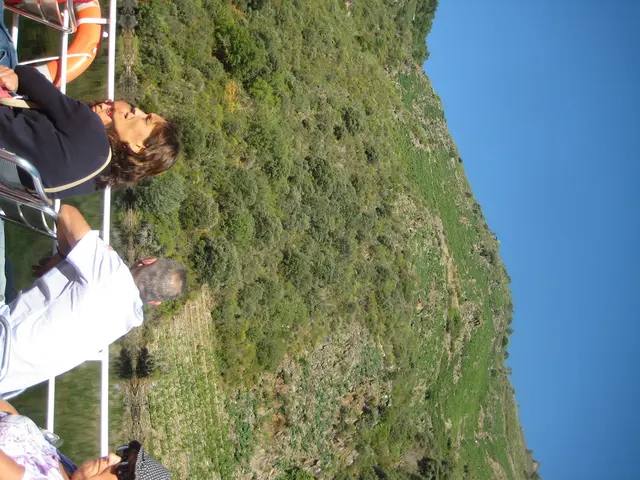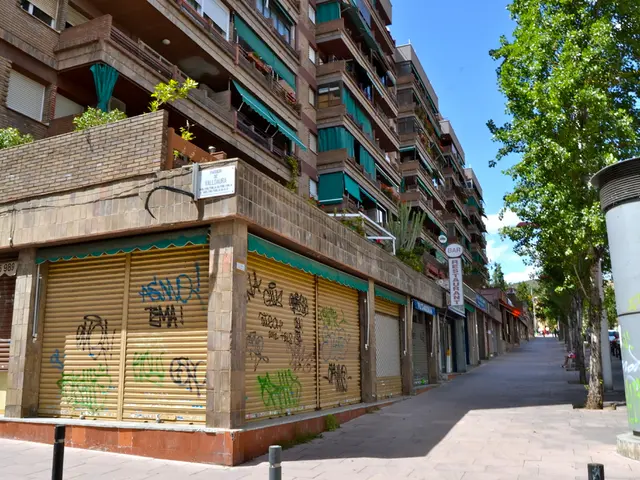Crafting Bonsai with Driftwood Flair: Techniques to Achieve a Stirring Appearance
The deadwood style bonsai, a captivating art form, celebrates the natural scars and imperfections that tell a tree's unique story. This style, particularly popular with the common choice of juniper, embodies the essence of age and resilience.
In creating a deadwood style bonsai, the artist meticulously shapes the tree to evoke the windswept, weathered appearance of a tree shaped by the forces of nature. Careful pruning and wiring of branches can create a sense of movement and energy, adding to the tree's authenticity.
However, maintaining a deadwood style bonsai requires careful attention. Watering frequency is vital to prevent decay. It's essential to water sparingly and allow the soil to dry slightly between sessions.
When it comes to carving delicate deadwood features, precision-crafting tools like high-carbon steel gouges, bent chisels, and small, flat-tipped knives are ideal. These tools help refine intricate details while preserving the tree's integrity.
Balancing the rough, weathered texture of the deadwood with the smooth, vibrant texture of the living foliage is crucial. This delicate harmony is what defines the deadwood style bonsai. To achieve this, the artist must carefully preserve and enhance the natural imperfections, rather than attempting to conceal or remove them.
By highlighting these natural scars, the bonsai artist can create a sense of authenticity and character, imbuing the tree with a sense of age and wisdom. In capturing the essence of age, the deadwood style bonsai artist seeks to convey the passage of time through the masterful incorporation of deadwood features.
Interestingly, non-native species can also be coaxed into a weathered, windswept appearance with deliberate styling, careful species selection, and skilled deadwood manipulation. This requires a deep understanding of the tree's natural growth patterns and a willingness to work in harmony with the tree's unique characteristics.
Moreover, combining the deadwood style with other bonsai styles, like Formal Upright, can create a unique, visually striking tree. Careful balance and blending the rugged, weathered elements of deadwood with the refined, structured lines of Formal Upright are key to achieving this harmony.
To prevent pests from infesting deadwood areas on your bonsai, apply a combination of insecticidal soap and neem oil to the affected areas, ensuring thorough coverage to safeguard your tree's health.
In summary, the deadwood style bonsai is a testament to the beauty of imperfections and the resilience of nature. By embracing these natural scars and working in harmony with the tree's unique characteristics, bonsai artists can create awe-inspiring works of art that tell a tree's unique story.




